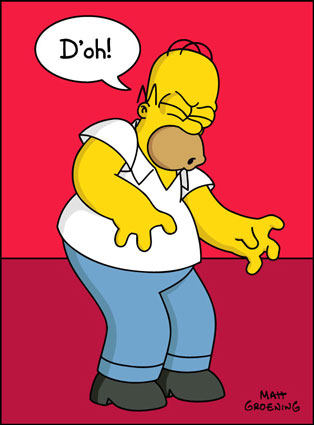Update (12/31/2022):
It seems that new users have trouble registering for the forum. The confirmation email never shows up. I’ve decided to phase out this forum and transition over to a new forum plugin. The new location is here:
https://earlyretirementnow.com/forum-3/
Policies – please read!
- Everyone can read posts, but to start a new topic or add a reply you’d need to register. To create an ID, please verify your email address. You will get a link at that email address and you can then pick a password.
- Be courteous to others. Treat others like you like to be treated. Discuss the issues. No ad-hominem attacks!
- It’s OK to include external links if they are relevant. But please avoid spamming! Please no affiliate links.
- Before starting a new topic, please check if that question/topic has been discussed before already and add to that discussion instead of starting a new topic.
- If you’ve written a cool blog post that you want to share with others please post this in the “Self-Promo” category only!
- Please read the usual Disclaimers and the Privacy Policy!
- The forum policies may be amended in the future!
Hi ERN,
For the duration of this blog, we've been in an abnormally low-rates and a TINA environment, but that may be about to change. If inflation is persistent despite the Fed's rate hikes, we could see rates higher than 4%, because the Fed's written policy is to set rates to slightly exceed inflation when inflation exceeds the target. In that scenario, the S&P500 should trade for a PE ratio in the mid teens like it has in historical times with those rates, right?
1) What do you think is an expected multiple at various possible levels for the 10 year treasury bond: 3%, 4%, 5%, 6%, 7%... This is another way of saying what is the historically expected risk premium of stocks over risk-free bonds in an environment where rate hikes, recessions, and wars are distinct possibilities? Today's earnings yield of 4.76% suggests about a 1.8% risk premium over 10y treasuries, and that seems low but I can't prove it.
2) What is the utility function for a person in the FIRE accumulation phase to sit in cash for a while, risking the market running away without them, to position themselves to grab on-sale assets at prices that would justify immediate retirement on a WR higher than 4%... e.g. 5% or 6%? If things got worse, this move would be brilliant. If not, you lose a couple of years. But what valuation would be a buy signal / retire signal at various WRs over 4%? Can I retire with a 5% WR if the PE or CAPE is below a certain level?
A former Fed official was quoted saying we need to be thinking more about 5-6% when thinking about the Fed's "neutral rate". If that came to pass in the next couple of years... I think we'd be talking a 2008-sized financial crisis.
The TINA equation is probably going to change. Agree. I think it's possible that the 10-y yield will eventually go above 4% again, and once inflation goes below 3% again (maybe in 2024 or even before if we have a major recession) then the positive real yield in bonds should make them more attractive again.
Good suggestion about the relative yield. If we assume a CAPE of 30, and CAPE yield of 3.3% and a 10y yield of 2.85% (5/12/2022), then with an excess yield of ~0.5% we're clearly below historical averages (~2%), but not wildly so.
I don't recommend the market timing strategy with "cash on the sideline". People will let the cash sit there, the market runs away and then FOMO kicks in and people buy at the top. I'd take the mind games out of the investments.
At what point would a 5% WR safe? See the chart in Part 50: (  ?w=1160&ssl=1)
?w=1160&ssl=1)
At about 6.5% CAPE earnings yield. That's a CAPE of 15. Long ways to go! 😉


